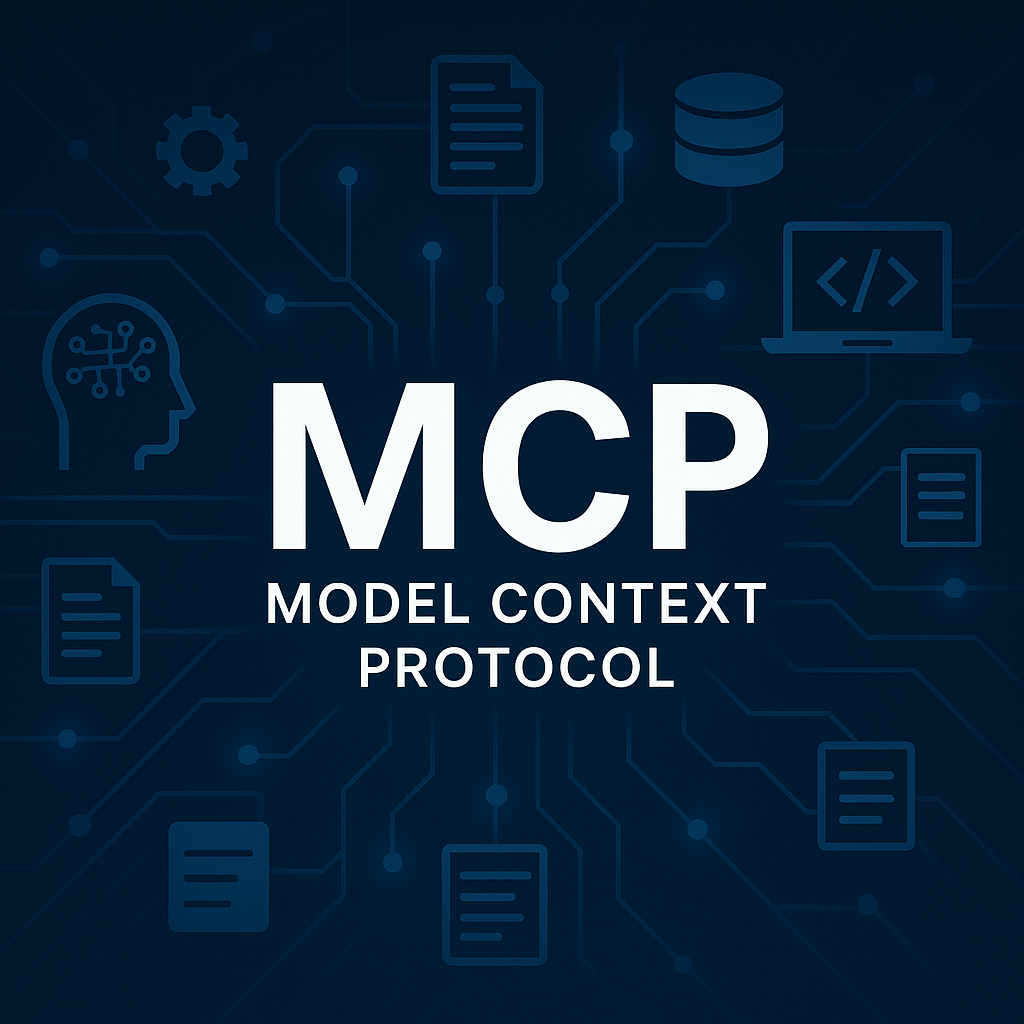Discover how the Model Context Protocol (MCP) acts as a universal connector for AI systems, streamlining LLM integration with data and tools. Learn its benefits, components, and how it powers future-proof AI workflows.
What is the Model Context Protocol (MCP)?
Imagine a world where AI models plug into data sources and tools as effortlessly as your smartphone connects to peripherals via USB-C. That’s the vision behind the Model Context Protocol (MCP), an open-source framework standardizing how applications provide context to Large Language Models (LLMs). Just as USB-C revolutionized device compatibility, MCP eliminates fragmentation in AI development by offering a universal “port” for integrating LLMs with databases, APIs, and tools—all while keeping data secure.
Explore MCP’s official documentation to dive deeper into its technical foundations.
Why MCP? Solving Key Challenges in LLM Development
Building AI agents and multi-step workflows with LLMs often hits roadblocks: siloed data, vendor lock-in, and security risks. MCP tackles these head-on by providing:
- Pre-Built Integrations
A growing library of ready-to-use connectors for databases, cloud services, and tools, letting LLMs “plug and play” without custom coding. - Vendor Flexibility
Switch LLM providers (e.g., OpenAI to Anthropic) without overhauling your entire infrastructure. - Security-First Design
Enforce data governance by keeping sensitive information within your infrastructure—no third-party leaks. - Simplified Scalability
Build complex workflows (e.g., chatbots that pull real-time inventory data) by chaining MCP-connected services.
General Architecture
At its core, MCP follows a client-server architecture where a host application can connect to multiple servers:

- MCP Hosts: Applications like Claude Desktop or AI-powered IDEs that leverage MCP to access data.
- MCP Clients: Protocol handlers that manage 1:1 connections between LLMs and servers.
- MCP Servers: Lightweight programs that securely expose specific capabilities (e.g., querying a CRM) through standardized endpoints.
- Local Data Sources: Files, databases, or internal services accessed securely by MCP servers.
- Remote Services: External APIs or cloud platforms (e.g., Slack, Salesforce) bridged via MCP.
This structure ensures data stays within your control while enabling LLMs to interact dynamically with both internal and external systems.
Real-World Use Cases for MCP
- Enterprise Chatbots
Equip customer service bots to pull order histories from local databases and fetch shipping updates from external APIs—all through MCP’s unified pipeline. - AI-Augmented Development
Let code assistants in IDEs securely access proprietary libraries or internal documentation via MCP servers. - Healthcare Diagnostics
Enable LLMs to analyze patient records (stored locally) while complying with HIPAA, avoiding risky data transfers to third-party models.
Getting Started with MCP
- Map Your Data Ecosystem
Identify tools, databases, and APIs your LLM needs to access. - Deploy MCP Servers
Set up lightweight servers for each data source or service (e.g., one for Slack, another for your PostgreSQL DB). - Connect via MCP Clients
Integrate these servers with your LLM application using MCP’s standardized protocol.
Pro Tip: Start small—automate a single workflow, like fetching meeting summaries from calendar apps, before scaling.
The Future of MCP: Interoperability as the New Standard
As AI ecosystems grow, MCP is poised to become the backbone of enterprise LLM stacks. Expect:
- Expanded Integration Library: Pre-built connectors for niche tools like Figma, ServiceNow, or HubSpot.
- Cross-Platform Agents: LLMs that seamlessly operate across GitHub, email, and project management tools via MCP.
- Ethical AI Guardrails: Built-in protocols to audit data access and prevent misuse.
Conclusion: MCP Unlocks the Full Potential of LLMs
The Model Context Protocol isn’t just about connecting dots—it’s about redefining how AI interacts with the digital world. By standardizing context delivery, MCP empowers developers to build smarter, more secure, and adaptable LLM applications without reinventing the wheel.
